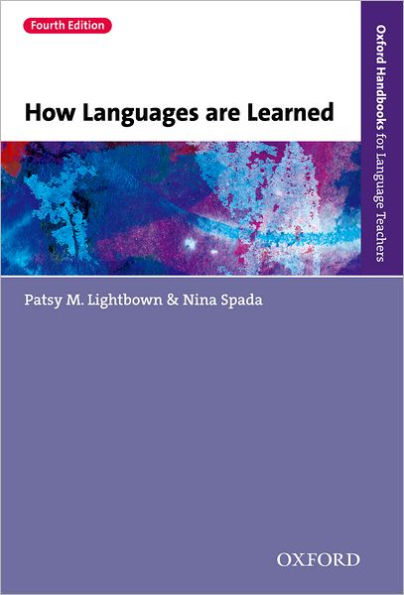5
1
9780194541268



How Languages are Learned 4e / Edition 4 available in Paperback

How Languages are Learned 4e / Edition 4
- ISBN-10:
- 0194541266
- ISBN-13:
- 9780194541268
- Pub. Date:
- 03/21/2013
- Publisher:
- Oxford University Press
- ISBN-10:
- 0194541266
- ISBN-13:
- 9780194541268
- Pub. Date:
- 03/21/2013
- Publisher:
- Oxford University Press

How Languages are Learned 4e / Edition 4
$44.0
44.0
In Stock

Product Details
| ISBN-13: | 9780194541268 |
|---|---|
| Publisher: | Oxford University Press |
| Publication date: | 03/21/2013 |
| Series: | Oxford Handbooks for Language Teachers |
| Edition description: | New Edition |
| Pages: | 304 |
| Sales rank: | 1,087,392 |
| Product dimensions: | 6.50(w) x 9.60(h) x 0.90(d) |
About the Author
From the B&N Reads Blog




